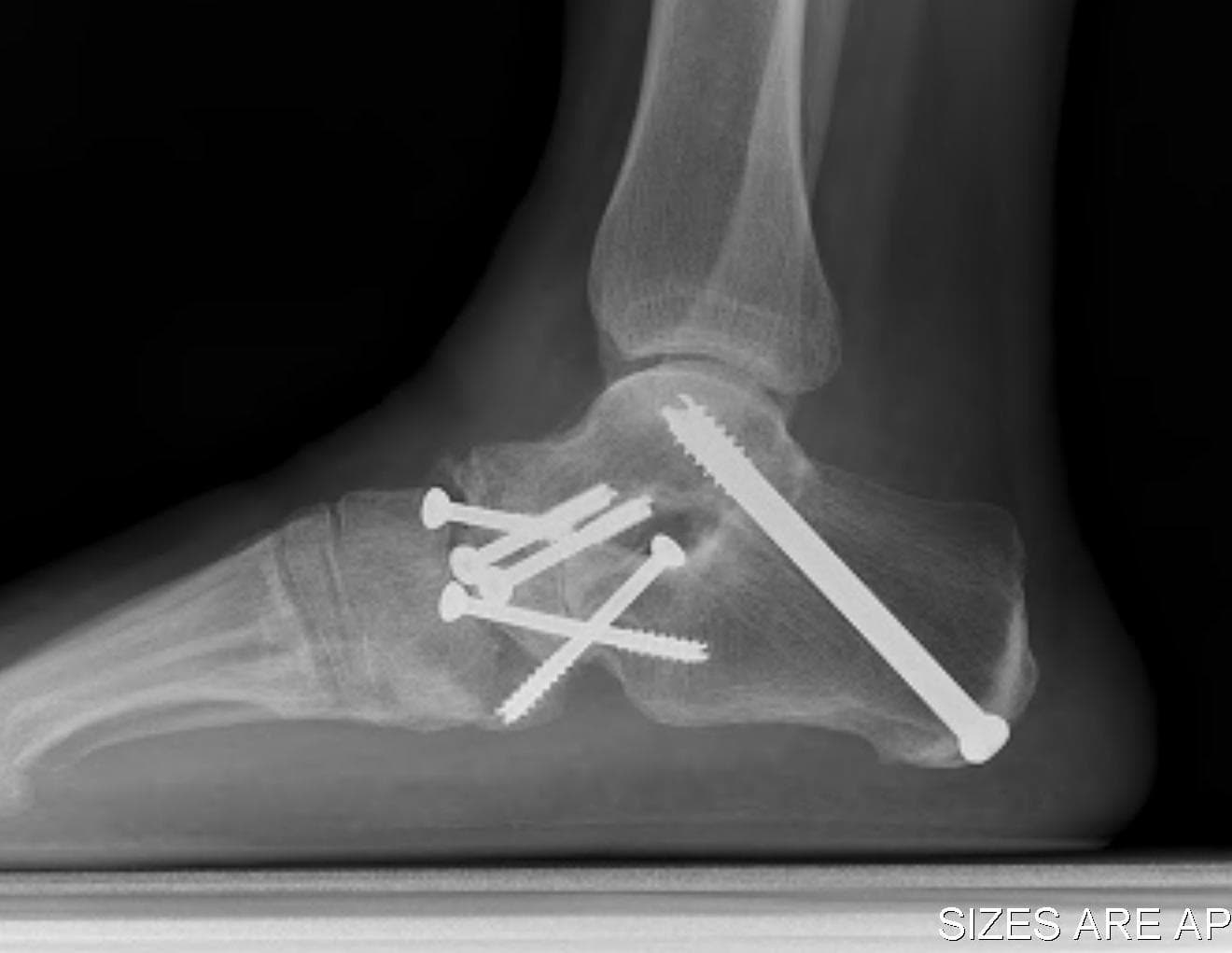Ankles and Hardware Stores

Great local news story this morning on one of our patients. While we have treated many ankle problems including ligament tears and loss of cartilage, Hal was undeniably the worst. He had a surgeon attempt a triple arthrodesis (fusing all three main ankle joints) and one of those screws inadvertently blocked an artery that was necessary to keep portions of his talus bone alive. The bone died and then collapsed. When we first saw him 1-2 years later, the x-ray of his ankle looked like someone had taken a bunch of screws from the hardware store and thrown it at the screen. We told Hal that he was a poor candidate for our procedure using his own stem cells, but he felt so burnt by traditional orthopedic surgery that he had to give it a whirl. To our surprise, Hal went from not being able to walk 100 yards to being able to play 18 holes of golf and exercise on a treadmill.
This also brings up a news story from last week, where British scientists have experience treating 1500 horse tendon tears with mesenchymal stem cells and now plan to begin treating humans as well. This is similar to the experience of vetinarians here at the CSU Orthopedic Research Center. The moral of the story? Ankle patients need to stay away from hardware stores.
This patient was treated with the Regenexx-C (cultured stem cell injections). In addition, not every patient we treat with severe ankle arthritis can expect to see the same results as Hal.

If you have questions or comments about this blog post, please email us at [email protected]
NOTE: This blog post provides general information to help the reader better understand regenerative medicine, musculoskeletal health, and related subjects. All content provided in this blog, website, or any linked materials, including text, graphics, images, patient profiles, outcomes, and information, are not intended and should not be considered or used as a substitute for medical advice, diagnosis, or treatment. Please always consult with a professional and certified healthcare provider to discuss if a treatment is right for you.